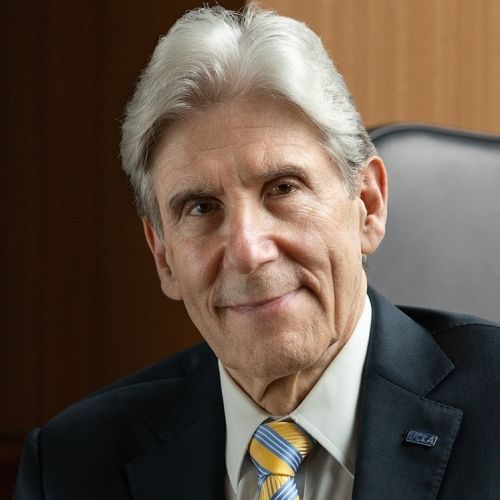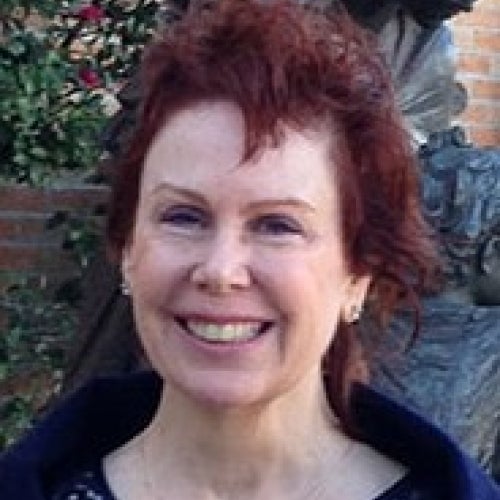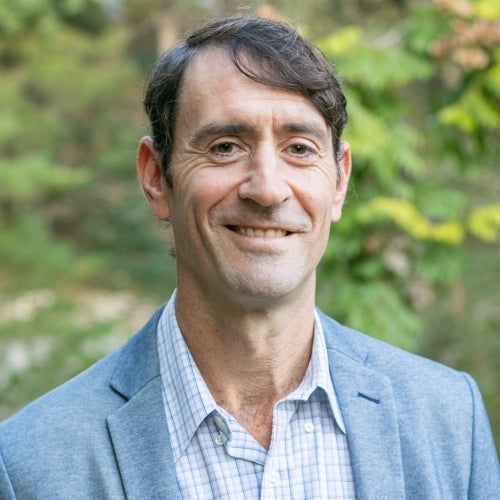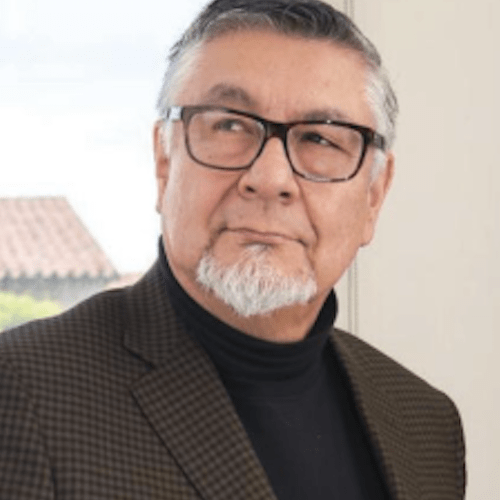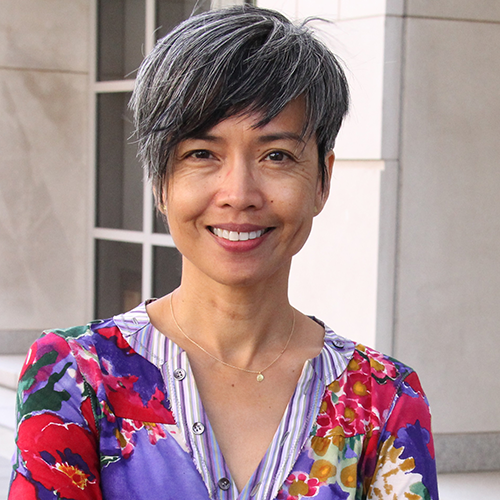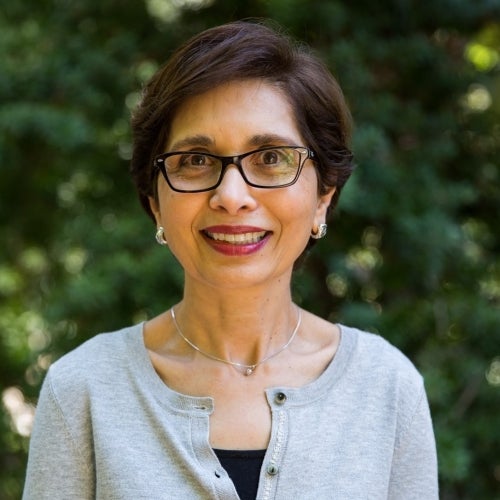Three out of five California community clinics fail to provide easy access to oral health care
Many people are forced to travel miles to get oral care — or forgo it — when it’s not available on-site.
Low-income adults and children who are able to see a dentist at the same location as their primary care doctor are more likely to get dental care, yet almost three out of five community health clinics in California either don’t offer oral health services or, if they do, the nearest facility is sometimes too far to reach for many patients, according to a new study by the UCLA Center for Health Policy Research.
The study also showed that of the remaining clinics offering on-site dental care, nearly a quarter lack full-time dentists or dental hygienists and see less than half the number of dental patients they could be serving. The study, funded by the First Five L.A. 21st-Century Community Dental Homes Project, includes nearly 900 community health centers, where about 4.9 million low-income people receive primary care.
“Dental care is often an afterthought compared to medical care,” said Dr. Jim Crall, professor and chair of the public health and community dentistry division at the UCLA School of Dentistry and a co-author of the study. “But oral health is vital for good overall health, and having a dental home helps avoid costly care that becomes necessary when oral health care is neglected.”
Dental and primary care health issues are often linked. For example, gum infections can affect other parts of the body, and dentist-prescribed painkillers or antibiotics could react with another medication prescribed by a physician, Crall said. Having doctors and dentists share a patient’s health history and treatment records would help streamline and improve overall care, according to the study.
Barriers for patients with little time, money and few resources
Though federally qualified health centers, which receive federal funding, are required to provide health care regardless of ability to pay, they don’t always include on-site oral health services.
Low-income patients in California face many challenges when seeking care — scheduling time off from work, arranging child care and trying to get to and from clinics, often navigating multiple bus routes to reach a health center. Seeking dental care at a separate location adds to that burden, the study reports.
Of the 310 clinics that offered off-site dental care, the researchers found:
- 25 had dental sites within easy walking distance (up to 1/10 of a mile, or a city block).
- 50 had sites from 1/10 of a mile to a mile away.
- 127 required patients to travel 1 to 5 miles.
- 108 had dental sites more than 5 miles away.
Additional travel and time commitments could be a significant barrier to dental care — and make many patients forgo care, said Nadereh Pourat, director of research at the UCLA Center for Health Policy Research and co-author of the study.
“It’s a missed opportunity not to put doctors and dentists together,” Pourat said. “Think of the problems faced by a mother of three small kids with no childcare and no transportation who has to get to doctor and dentist appointments in separate locations. Being able to get her family’s medical and oral health care on the same day and in the same location would make a significant difference to someone like her.”
Rural clinics provide better access to co-located dental care
Los Angeles County has the smallest proportion of clinics that offer on-site dental and medical care (23 percent), while Northern/Sierra region counties had the largest (51 percent), according to the study. Pourat said that community clinics in rural areas have more comprehensive services because they know there are fewer health care choices for their patients. Clinics in those areas “are more attuned to the benefits of co-locating medical and dental services,” Pourat said.
Los Angeles also had the highest proportion of clinics that didn’t offer any dental care (46 percent) followed by Sacramento County at 42 percent.
Improving dental ‘capacity’
Even though the study showed that a third of clinics offer on-site dental care, many of those could serve additional patients if they employed full-time dentists and hygienists instead being limited to a part-time staff, said Crall, who is also principal investigator of the Dental Home Project. While new community health clinics and those that want to expand are now required to provide oral health care as part of their services, smaller, existing clinics have not followed suit, he added.
“With limited access, patients turn up with advanced cases of dental disease that could have been prevented. We need to make sure preventive dental care is more than a luxury,” Pourat said. “Co-location of dental care would contribute to the triple aim of health reform: better care, better health and lower costs.”
To encourage co-location of dental and primary care services, the authors recommend promoting on-site availability of dental services in community health centers. They also recommend providing federal and other grants to build and equip dental facilities, having better reimbursement policies for health centers that provide dental services to high-risk populations, and forgiving dentists’ student loans in exchange for working at community health centers.
“When services are co-located, care can be more coordinated and efficient by addressing the medical and oral health needs of patients in one place. For example, medical providers can screen patients for oral health needs and then refer higher risk patients to dental providers who are willing to see them, and vice versa,” said Kim Belshé, Executive Director of First 5 LA. “When this interaction takes place, oral health and medical providers can jointly manage patient care and tap into each other’s expertise to the benefit of their patients.”
Faculty Referenced by this Article

Dr. Michelle S. Keller is a health services researcher whose research focuses on the use and prescribing of high-risk medications.

Dr. Ron Andersen is the Wasserman Professor Emeritus in the UCLA Departments of Health Policy and Management.
Nationally recognized health services researcher and sociomedical scientist with 25+ years' experience in effectiveness and implementation research.

EMPH Academic Program Director with expertise in healthcare marketing, finance, and reproductive health policy, teaching in the EMPH, MPH, MHA program

Professor of Community Health Sciences & Health Policy and Management, and Associate Dean for Research











